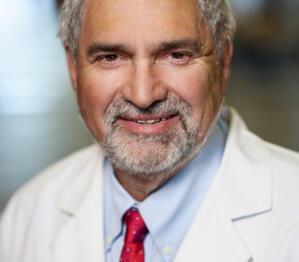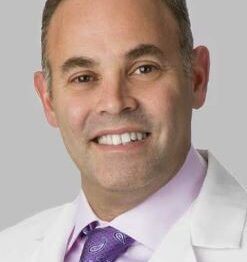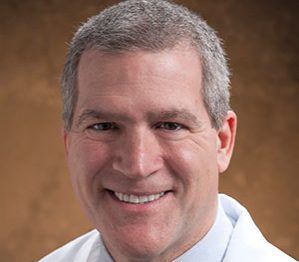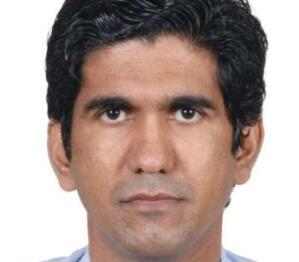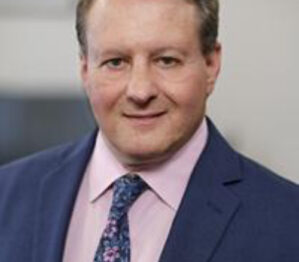A Chiari malformation is a problem with the position of the cerebellum, the part of the brain that controls balance, movement, and coordination. The cerebellum and parts of the brain stem are normally in a space in the lower back part of the skull. A Chiari malformation happens when the cerebellum and brain stem are pushed downward into the spinal column.
A Chiari malformation puts pressure on the cerebellum and brain stem, which can cause dizziness, weakness, and other neurological symptoms. It can also block the flow of cerebrospinal fluid, a clear liquid that surrounds and protects the brain and spinal cord.
While some Chiari malformations can develop over time, most are caused by structural problems in the brain at birth. This includes Chiari type 1 and type 2 malformations. Chiari type I malformations, the most common type; symptoms are usually first noticed during adolescence or adulthood. Chiari type II malformation symptoms usually appear during childhood.
Many patients with Chiari malformations have no symptoms, while others have minor pain, which can be controlled with medication. For patients with more severe symptoms, CentraState offers an advanced procedure called suboccipital decompression. The procedure is helping patients with this potentially disabling disorder get back to their full, active lives.
Chiari Malformation Symptoms
The spinal cord directs communication between the brain and the rest of the body. Abnormal pressure from a Chiari malformation compresses the spinal cord, which can lead to any number of neurological symptoms. Symptoms often depend on the severity of the condition and which parts of the brain and brain stem protrude into the spinal canal.
Some of the more common symptoms include:
- Neck pain or stiffness
- Balance problems
- Muscle weakness and unsteady gait
- Numbness or other abnormal sensations in the arms and legs
- Difficulty swallowing
- Vision problems and ringing in the ears
- Headaches that get worse with exertion
- Dizziness or vertigo
- Loss of bowel or bladder control
While Chiari malformations are relatively rare, they are more common in women than men.
Your doctor may suspect the condition based on your symptoms and a neurological exam. A Chiari malformation is confirmed with medical imaging studies like MRI scans, CT scans, or myelography, a procedure that uses real-time X-rays to evaluate the spinal cord, nerve roots, and spinal lining. Electrodiagnostic studies may also be performed to determine whether the spinal cord and brain stem are working properly.
Chiari Malformation Treatment

For patients with severe Chiari malformations, surgery is the only option to correct symptoms caused by spinal compression and to stop any further damage. The goal of surgery is to relieve pressure on the brain stem, cerebellum, and spinal cord by creating more space around those structures.
Suboccipital decompression surgery enlarges the posterior fossa, the canal that connects the brain and spine. This allows the brain to sit properly above the spinal column, which relieves pressure on the cerebellum and nearby nerves. The surgery is sometimes accompanied by the implantation of a shunt, a tube that can restore the normal flow of cerebrospinal fluid.
With the help of post-surgery physical therapy, many patients experience significant relief—if not a complete cure—for their symptoms.










